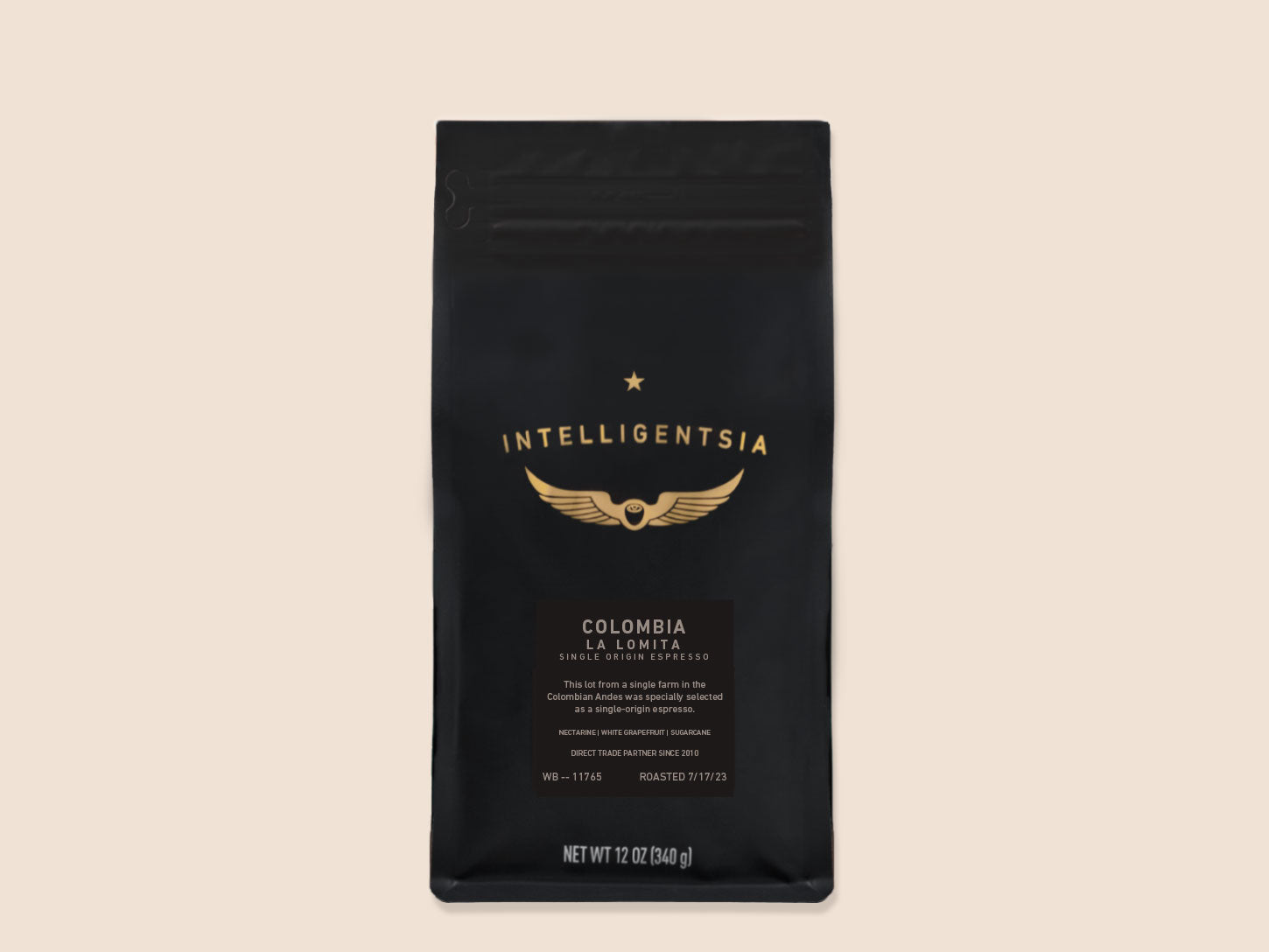Exploring the Rich Tastes of Coffee Beans: a Deep Study Coffee and Blended Coffee Beans
When you explore the rich tastes of coffee beans, you discover a complex world where each selection brings its very own character to your cup. As you browse with the art of espresso and the creativity behind combined coffees, you'll start to appreciate the nuances that make each sip special.
The Origins of Coffee Beans: Discovering Terroir and Taste Profiles
When you take a sip of coffee, you're not just enjoying a beverage; you're experiencing an abundant tapestry of flavors formed by the beans' beginnings. Each region produces unique flavor accounts affected by climate, altitude, and dirt. For instance, beans from Ethiopia usually rupture with bright, fruity notes, while those from Colombia have a tendency to offer a balanced, nutty sweet taste.
As you explore different beginnings, you'll notice exactly how terroir-- the ecological factors impacting a plant-- plays a vital function - Single Origin Espresso. The very same coffee selection can taste considerably various depending on where it's grown
When you think about these variables, you begin to appreciate the intricacy behind your mug. Each sip informs a story of the land and the farmers who nurtured the beans. So, following time you delight, think about the journey your coffee took before it reached your hands, and relish those detailed flavors that reflect its origin.
Understanding Espresso: The Art and Scientific Research Behind the Brew
When you think of espresso, it's not practically the solid taste; it's additionally about the techniques that bring it to life. Understanding how various prep work approaches influence preference can change your developing experience. Allow's explore the complexities of coffee prep work and reveal the unique flavor profiles that make each cup special.
Espresso Prep Work Strategies
Coffee preparation is both an art and a scientific research, incorporating precise techniques with a deep understanding of coffee. To start, you'll want to select high-grade, freshly roasted beans and grind them finely for excellent extraction (Single Origin Espresso). The grind size is vital; as well rugged, and your espresso will certainly be weak, as well fine, and it'll be bitter
Following, tamp the grounds evenly in the portafilter to ensure uniform removal. When you lock it right into the maker, objective for a developing temperature level in between 190 ° F and 205 °
F.As you draw the shot, look for the ideal removal time-- around 25-30 seconds. The outcome must be a rich, velvety espresso with a gorgeous layer of crema ahead. With method, you'll understand these techniques.
Flavor Accounts Discussed
The world of coffee supplies an abundant tapestry of taste accounts that can elevate your coffee experience. Light roasts frequently showcase brilliant level of acidity and vivid tastes, while dark roasts existing much deeper, bolder tones.
Recognizing these accounts aids you pick the right espresso for your palate. Exploring with different blends can expose shocking mixes. For example, a well-crafted blend might balance the brilliant notes of an Ethiopian bean with the rich, chocolatey undertones of a Brazilian bean. Welcome the trip of discovering espresso's diverse flavors, and you'll transform your coffee ritual into an exciting adventure.
Handling Techniques: How They Impact Taste and Aroma
While it could appear that the origin of coffee beans is one of the most substantial consider identifying their flavor and fragrance, the processing methods made use of post-harvest play a just as necessary function. You'll find that these approaches can substantially change the final preference profile of your mug.
For instance, the washed procedure eliminates the fruit from the beans prior to fermentation, commonly resulting in a cleaner, brighter taste. The natural procedure leaves the fruit intact throughout drying, resulting in a sweeter, fruitier account.
Other techniques, like honey processing, strike a balance, permitting some fruit mucilage to stay, giving a special complexity.
Each processing strategy engages with the beans' inherent attributes, boosting or muting particular tastes and aromas. When you drink that espresso or blended coffee, keep in mind that the trip from cherry to cup is influenced not simply by beginning but likewise by exactly how those beans were refined.
Roasting Techniques: Unlocking the Complete Possible of Coffee Beans
Roasting methods are necessary for disclosing the complete possibility of coffee beans, as they change raw, environment-friendly beans right into the fragrant, savory coffee you enjoy. The choice of roasting method-- light, tool, or dark-- considerably affects taste accounts.
A slower roast at reduced temperature levels allows for intricate tastes to establish, while a quicker roast can magnify anger. By grasping these methods, you'll reveal a globe of flavor, boosting your coffee experience to brand-new heights.
The Magic of Blended Coffee: Developing Special Flavor Experiences
Developing a special flavor experience with blended coffee can change your morning routine into an exploration of preference. By integrating different beans from different regions, you can disclose a symphony of tastes that elevate your mug to new elevations. browse around here Each blend deals a distinct account, balancing sweetness, body, and level of acidity to develop something really unique.
When you select a mix, you're not just selecting a coffee; you're choosing a trip across varied landscapes and cultures. Trying out with different combinations allows you to uncover your personal faves, whether you enjoy fruity notes or abundant, chocolatey undertones.

Sampling Notes: Recognizing the Subtleties in Your Cup
As you sip your coffee, you may see a spectrum of tastes dancing on your taste, each revealing the intricacies of the beans. You might taste the intense acidity evocative citrus or the deep, rich notes akin to dark chocolate. The sweet taste can stimulate honey or sugar, stabilizing the overall account beautifully.
Pay interest to the body of the coffee-- does it feel ventilated and light, or is it complete and luscious? The coating, also, supplies clues; a lingering aftertaste may hint at nuttiness or floral undertones.

Don't neglect to discover the one-of-a-kind features of various origins, as each region imparts distinctive tastes - Single Origin Espresso. As an example, Ethiopian coffees commonly present fruity notes, while Colombian beans might display an extra spherical sweet taste. By recognizing these subtleties, you'll strengthen your gratitude for each mug, boosting your coffee experience to new heights

Brewing Approaches: Making The Most Of Flavor Removal for every single Bean
When you check out the various developing techniques, you'll discover that each technique can significantly impact the flavor account of your coffee. From French press to pour-over, each approach removes various compounds, enhancing or muting certain notes. Utilizing a French press allows oils to continue to be in the brew, creating a richer preference, while pour-over stresses clearness and brightness.
Temperature and grind size additionally play necessary functions. A coarser work functions best for cool brews, while a great work is optimal for espresso. Try out water temperature-- in between 195 ° look these up F and 205 ° F-- can disclose covert tastes, too.
Do not forget soaking time; a quick removal can lead to sour notes, while over-extraction might yield resentment. By readjusting these variables, you can optimize taste extraction and absolutely elevate your coffee experience. Take pleasure in the journey of finding what approach best matches your palate!
Often Asked Concerns
What Is the Perfect Water Temperature for Brewing Coffee?
The suitable water temperature for brewing coffee's in between 195 ° F and 205 ° F. If you make use of water that's too hot, you'll over-extract tastes; as well chilly, and you won't extract enough. Goal for that sweet area for the very best brew!
Exactly How Does Work Size Affect Coffee Taste?
Work size considerably impacts coffee flavor. Better grinds remove more oils and flavors, resulting in this link a bolder taste, while coarser grinds yield a lighter flavor. Adjusting grind size helps you achieve your desired coffee profile.
Exist Wellness Benefits Related To Drinking Coffee?

What Is the Distinction In Between Arabica and Robusta Beans?
Arabica beans are smoother and sweeter, commonly featuring fruity flavors, while robusta beans are more powerful with a bitter preference and greater caffeine content. You'll notice these distinctions in scent and brewing experience.
How Can I Store Coffee Beans for Quality?
To keep coffee beans for quality, keep them in an airtight container, far from moisture, light, and heat. You'll maintain their taste longer if you just grind what you need right before developing.
Checking Out the Rich Tastes of Coffee Beans: a Deep Dive Into Espresso and Blended Coffee Beans.
When you explore the abundant flavors of coffee beans, you reveal a complicated world where each selection brings its very own character to your mug.When you take a sip of coffee, you're not just appreciating a drink; you're experiencing a rich tapestry of tastes formed by the beans' beginnings.Roasting techniques are important for disclosing the full potential of coffee beans, as they change raw, green beans right into the aromatic, delicious coffee you delight in.As you sip your coffee, you may discover a range of flavors dancing on your palate, each exposing the complexities of the beans.